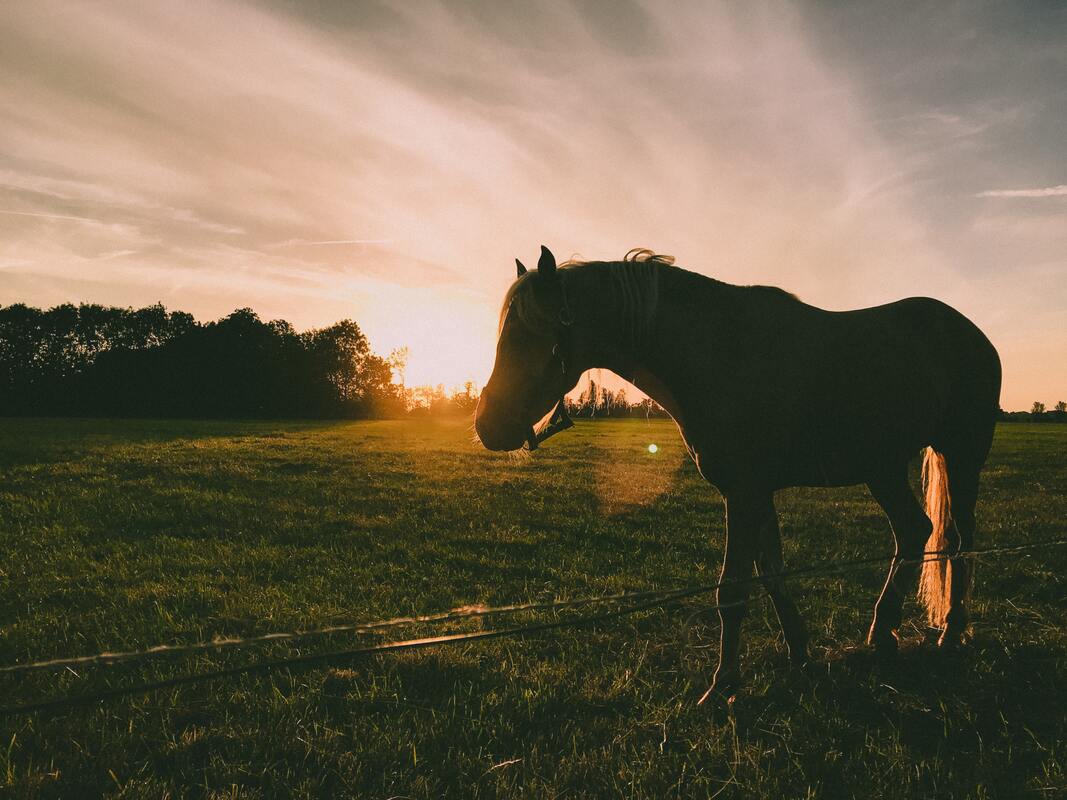|
Ringbone is an arthritic lameness condition that can affect the coffin and pastern joints in horses. Unfortunately, this condition is degenerative continuing to worsen over time. However, the correct treatment can help slow the progression of the condition. Here is our guide to ringbone in horses.
Different types of ringbone Ringbone is caused by the affected joint becoming enlargement. There are different types of the condition- low and high. Low ringbone affects the coffin joint while high ringbone affects the pastern joint. It is the latter that is more common. The growth of additional bone leads to the gradual breakdown of the joint surface. The condition can also be characterised by the area of the joint that the condition is affecting. Articular ringbone affects the lining and cartilage or the joint whereas the periarticular ringbone affects the soft tissues near the joint such as the ligaments. Both types cause inflammation around the joint and can be a painful and debilitating condition. What causes ringbone in horses? Bone growths occur over time on either the coffin or pastern joints and this leads to the condition known as ringbone. Similar to arthritis, symptoms tend to start occurring when the horse has reached middle aged. Horses with upright or toed in pastern joints are at higher risk of developing the condition. This is the same for horses that undergo repetitive stress in the pastern joint areas such as horses that show jump, race, or are used for polo. Ringbone can also develop if the horse suffers an acute trauma or injury in this area. How is ringbone diagnosed? Ringbone tends to occur in horses that are around 15 years old. An initial symptom is often sporadic lameness or a change in their gait. The horse may also be in pain due to the inflamed tissue around the joint being inflamed. To begin with, the tissue may be soft but over time the area will become cool and firm. If you notice these symptoms in your horse, it is imperative that an equine veterinarian is contacted. They will be able to look at the horse’s medical history along with carrying out x-rays on the joint and a lameness examination. How is ringbone treated? Whilst ringbone is a painful condition, it is one that can be controlled by a combination of the following: Rest Ringbone can become worse and more painful if the horse continues to move and work at the same pace it did before the condition started. Weight management The condition may be more painful for those horses who are overweight. The added weight can cause additional stress to the affected joint. Medications The medications prescribed will heavily depend on the severity of the condition and how long the horse has been suffering from it. Steroid or hyaluronic acid injections may also be administered. Joint supplements may also help some horses but should only be taken on the advice of an equine veterinarian. Adjusting their shoes Good showing or adjusting the shoes can sometimes reduce the pain. Whilst poor shoeing is not the cause of the condition it can help worsen the symptoms and cause more pain. Surgery In certain cases, surgery may be suggested. This tends to happen if the ringbone is affecting the pastern joint as this joint can be immobilised to help reduce the pain caused by the breaking down of the joint. While ringbone in horses is unfortunately a progressive condition that is irreversible, there are a number of treatments available that can help with the management of the condition and the combined effort of the owner, farrier, and veterinarian, ensuring that the horse remains as comfortable as possible. Fortunately, nowadays there are more options available to horses with this condition and if it is caught in its early stages, the horse could stay sound for several years.
0 Comments
|
AuthorNAVP Archives
June 2024
Categories
All
|
The Association |
Services |
|


 RSS Feed
RSS Feed